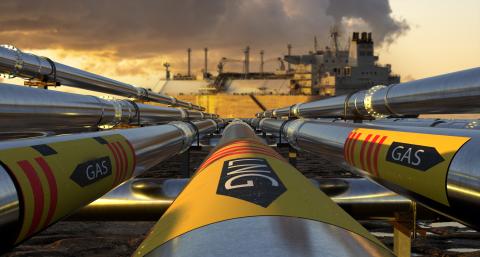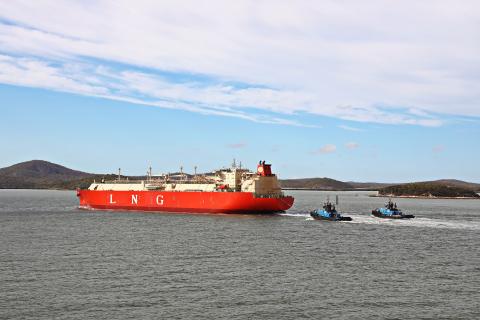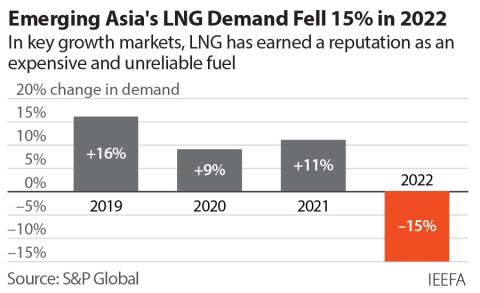LNG exports have raised natural gas prices for U.S. households
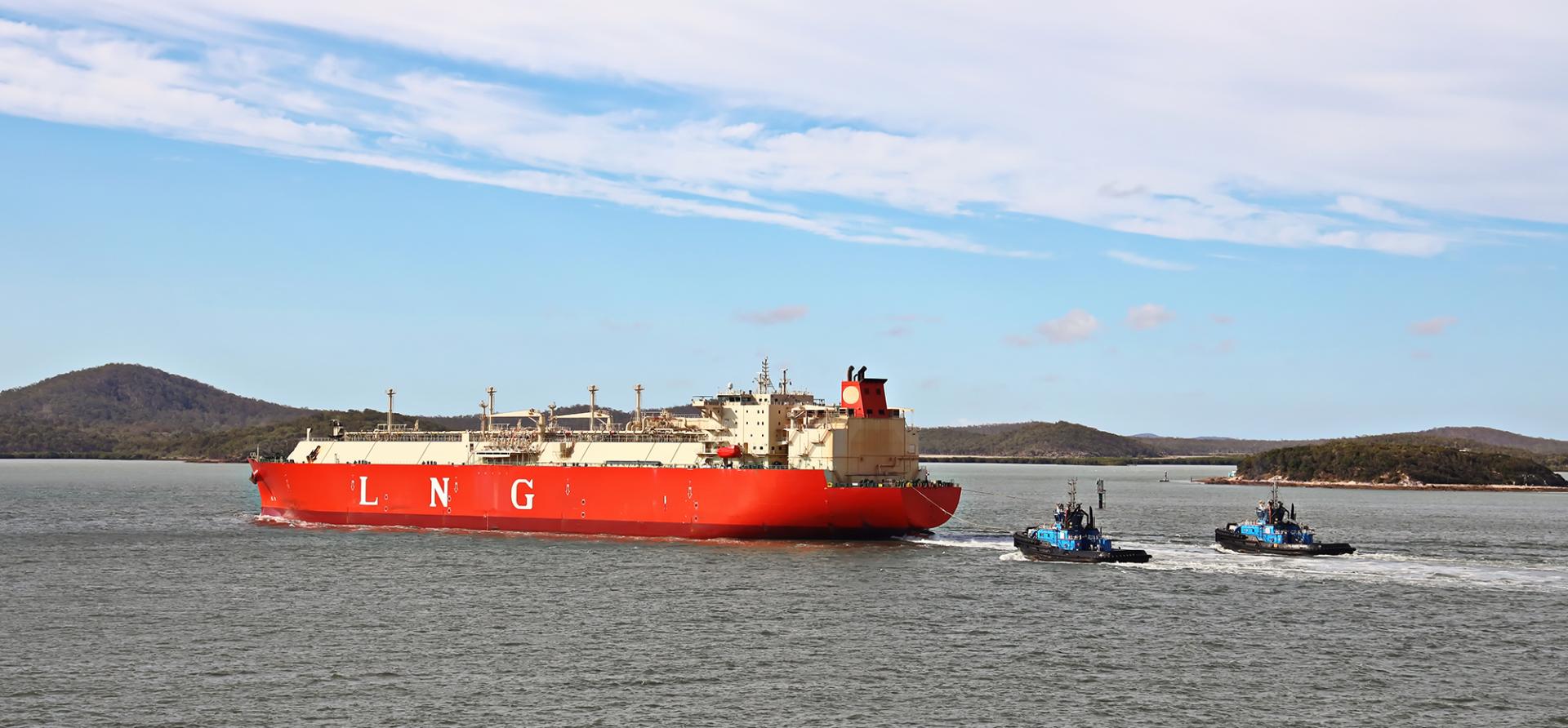
Key Findings
Although Russia’s invasion of Ukraine caused U.S. natural gas prices to spike in 2021 and 2022, wholesale gas prices fell back to earth in early 2023.
Despite the drop in wholesale gas costs, many families are still paying high prices for gas that their utilities bought during the price spikes.
With U.S. LNG exports slated to almost double over the next five years, U.S. households should brace for more volatility in natural gas costs.
There is one easy way to keep this problem from getting worse: Curtail new gas export projects. We’ve already dug ourselves into a hole. The smartest thing to do now is to stop digging.
As winter heating bills start hitting America’s mailboxes over the next few weeks, many families will face sticker shock. Even as inflation has eased in much of the economy, it could cost more than ever to heat our homes. Bloomberg reports that natural gas bills have gone up 29% since the beginning of 2020.
Many Americans were braced for higher gas bills in 2022, a rare year in which natural gas prices regularly made news headlines. Russia’s invasion of Ukraine, followed by the explosion of the Nord Stream pipeline carrying gas from Russia to Germany, had caused global gas prices to spike to all-time highs. U.S. exporters quickly ramped up shipments of liquefied natural gas (LNG) to take advantage of high international prices. Surging LNG exports, in turn, left U.S. gas markets short of gas. As America exported more and more LNG, the nation imported higher gas prices as a result.
Gradually, however, U.S. gas markets came back into balance. Spurred on by high prices, North American gas producers boosted output, even as consumers trimmed demand. By early 2023, wholesale U.S. gas prices had fallen back to roughly where they’d been before Russia upended global energy markets.
Yet despite the drop in wholesale costs, many residential utilities are still, to this day, charging their customers near-record fees for gas. As of August, the most recent month for which comprehensive national data was available, residential gas prices had just started to ease, but remained well above their average for the previous decade. (See Figure 1.) In 10 states, August 2023 residential gas prices were at their highest level of all time. Notably, those states included West Virginia and Ohio, which are at the epicenter of Appalachia’s gas production boom—providing concrete evidence that producing lots of gas locally doesn’t always keep your utility bills down.
Figure 1. U.S. residential gas prices, rolling 12-month moving average.
($/thousand cubic feet)
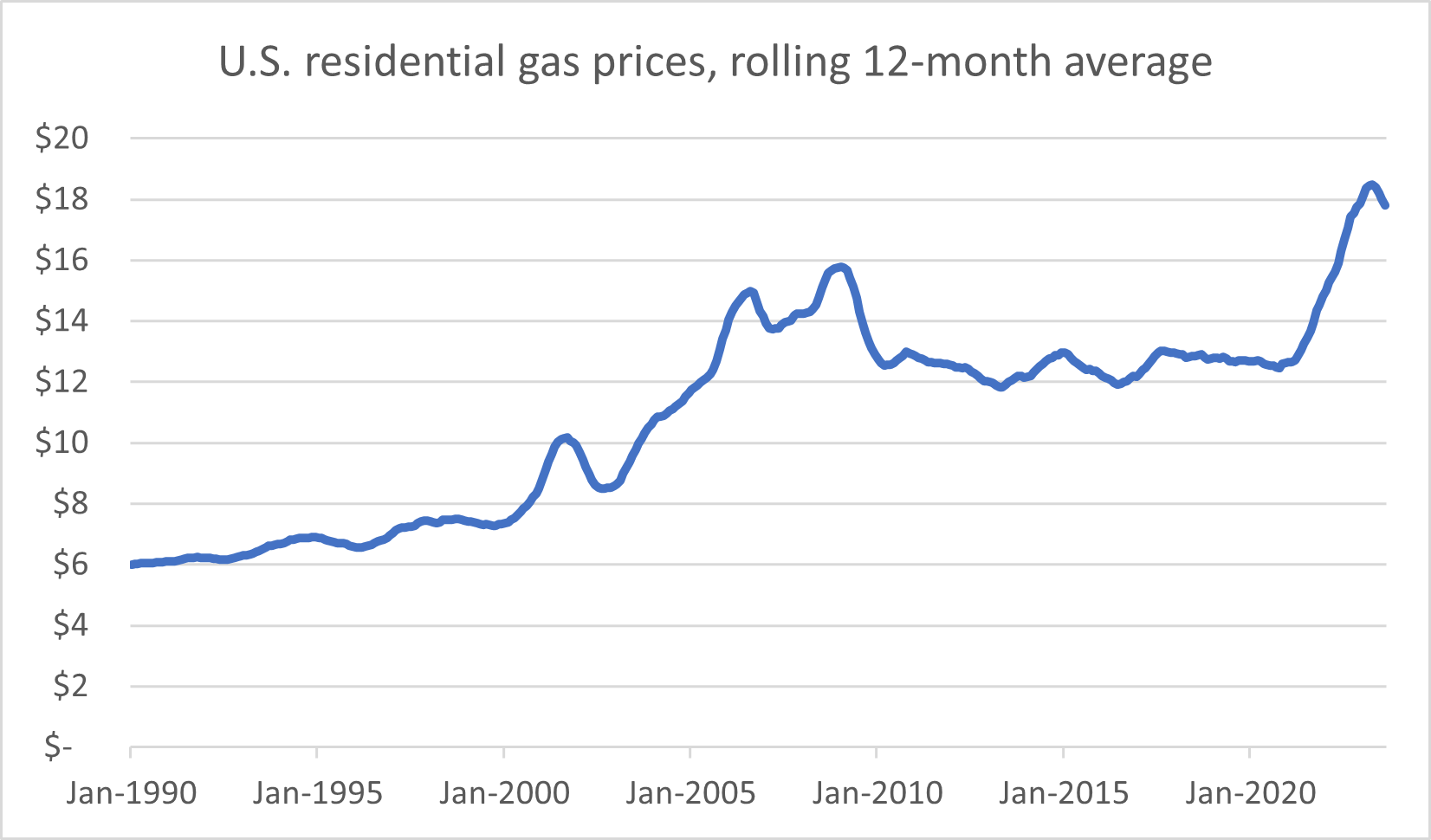
Source: IEEFA from U.S. Energy Information Administration data.
If wholesale gas prices are about the same now as they were a few years ago, why are so many families still paying for last year’s export binge? The answer is simple. Utility regulators typically let gas utilities pass on the full wholesale cost of gas to their customers, but this process can take months or even years. In many states, utilities didn’t get permission to raise rates until long after wholesale prices had shot up, which means many utility customers are still paying high prices for gas that their utilities bought a year or more ago. This isn’t just a problem for gas. Many electric utilities work in the same way, passing on fuel costs to their consumers.
Across the country, utilities and regulators have been quite explicit about the role that gas exports played in boosting costs for their customers.
- Spire Energy, which provides gas to customers in Missouri, Alabama, and Mississippi, recently explained cost increases this way: “Recent international events impacting the global supply of natural gas mean it costs more for Spire to purchase natural gas for our customers.”
- In testimony before the Wyoming Public Service Commission, Rocky Mountain Power pegged gas exports as “the primary driver” for utility price increases: “the conflict in Ukraine … has decreased European availability of natural gas, previously sourced from Russian imports … European demand has turned to U.S. domestic supply to fill the gap and the increased competition over domestic supply has driven regional natural gas fuel prices upwards.”
- Late last year, the Indianapolis utility Citizens Energy Group pinned higher costs on LNG exports: “Global natural gas prices have been rising sharply since February when Russia invaded Ukraine and then began to gradually restrict natural gas supplies to Europe. As a result, U.S. natural gas producers have begun to export large quantities of liquefied natural gas (LNG) to Europe. Increased demand for LNG … has resulted in natural gas prices more than doubling since last fall.”
- In Colorado, the Public Utilities Commission echoed these findings, stating that “the market for natural gas is national and increasingly international due [to] Liquefied Natural Gas (LNG) exports.” In a separate presentation, commission staff issued a warning of future price instability: “As a result of increased LNG exports, US natural gas prices are increasingly influenced by international markets in ways that likely raise natural gas prices in CO and make them more volatile … Expanded LNG exports could lead to higher and more volatile future natural gas prices as international, national, and local gas markets become more tightly integrated.”
- The Federal Energy Regulatory Commission warned in late 2022 that “continued growth in net exports, including from liquified natural gas (LNG) export facilities, will place additional pressure on natural gas prices.”
With U.S. LNG exports slated to almost double over the next 5 years, U.S. ratepayers should brace themselves for more volatility. For decades, U.S. gas markets have been largely insulated from global price movements. There simply was no way for price contagion abroad to spread to gas markets here at home. But LNG exports tie us to the volatility of international markets. A cold snap in Asia, unrest in the Middle East, or another key gas pipeline failure could cause a surge in demand for U.S. LNG exports, which in turn could put upward pressure on U.S. gas prices.
There is, of course, one easy way to keep this problem from getting worse: Curtail new gas export projects. We’ve already dug ourselves into a hole. The smartest thing to do now is to stop digging.

